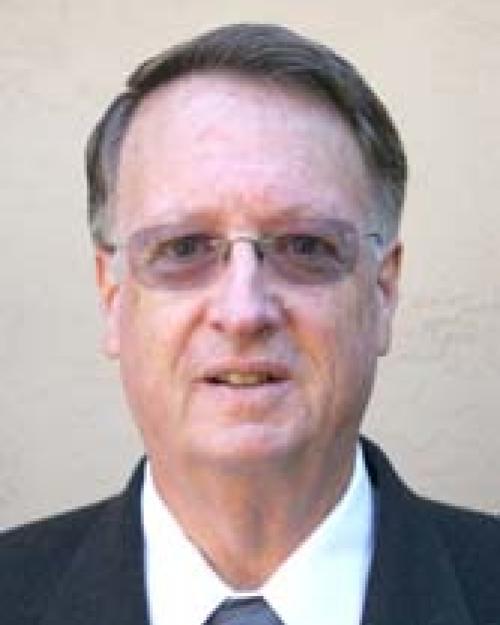
Beyond the Limits of Magnetic Recording: an Itinerant Magnetician Looks at Hysterical Loops
Presentation Menu
For several decades there have been declarations that digital magnetic recording as we know it is about to reach the ultimate limit of areal density. Technological advances have enabled steady progress primarily through simultaneous scaling of dimensions and tolerances over several orders of magnitude and use of materials with larger energy densities. In the 1990’s it became clear that then current approaches would be limited to about 40 Gb/ sq. in. by the combined requirements that individual grains have reversal barriers of above 40 kT for long term data retention and that a bit cell contain 100 or more grains for adequate media signal-to-noise. Recent areal density demonstrations at about 6 times that limit have been possible with perpendicular recording and improved materials, but perhaps we are again nearing the ultimate physical limits, unless a novel idea comes along. In addition to perpendicular recording, technologies suggested to extend the limits include patterned media, thermally-assisted writing and tilted media. We’ll discuss the potential advantages and challenges of these approaches. Areal density is primarily limited by write head materials and fabrication tolerances, while data-rate is limited by sensor technology which must provide several times kT of signal energy (and low noise levels) to detect a bit. Sensors have evolved from inductive heads to anisotropic magneto-resistive heads to in-plane giant magneto-resistive (GMR) devices with CPP (current across the gap) GMR devices with spin-tunneling sensors also under consideration. We’ll discuss the attributes of these technologies and the anticipated requirements. Powerful error correction codes will also be required if we are to reach 1 Tb/ sq. in, so attention must be paid to writing, reading and arithmetic.
